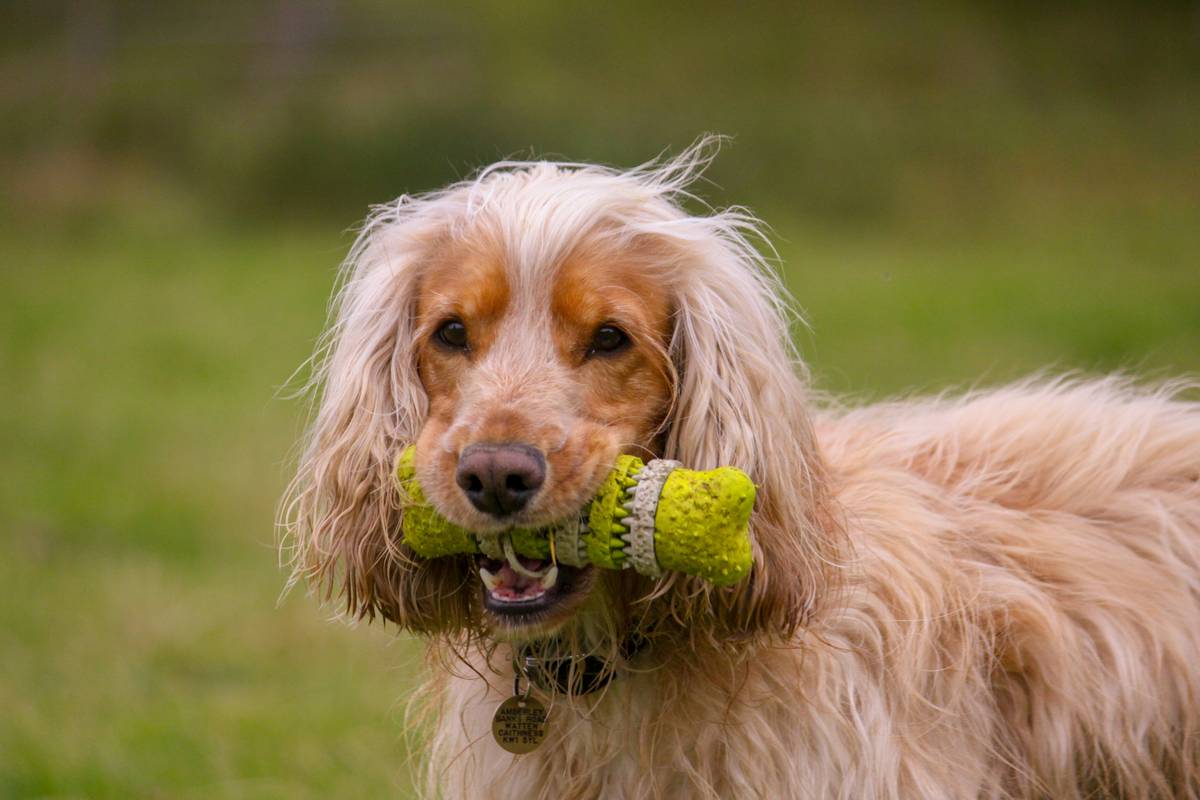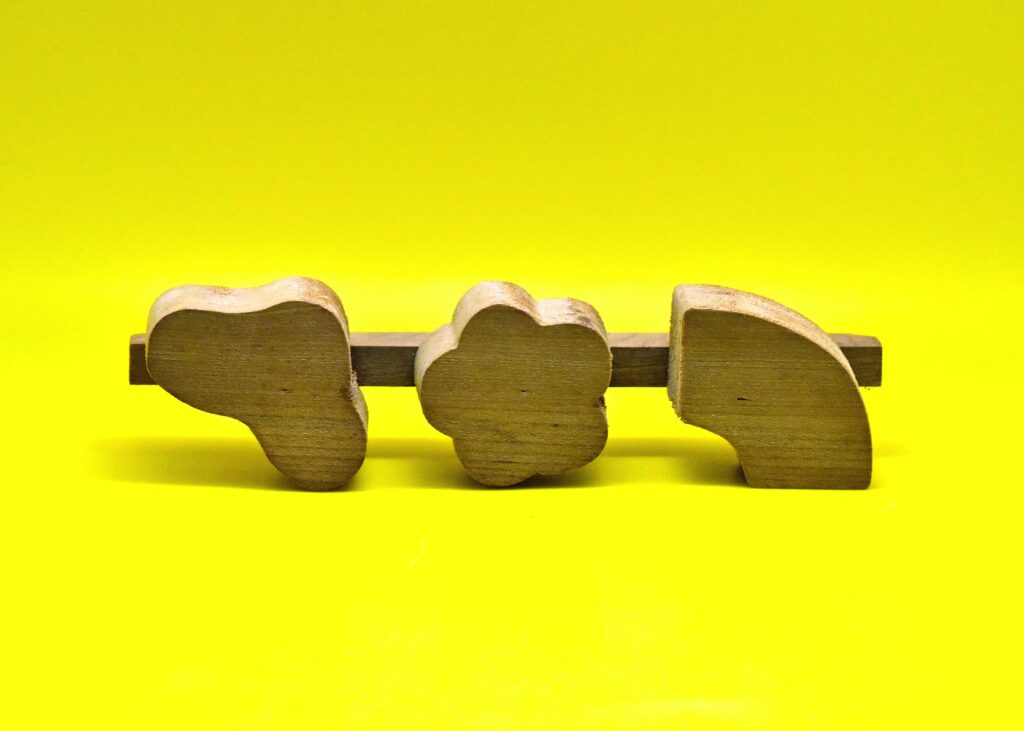Ever stared at your dog’s gnawed-up chew toy thinking, “Is this even doing anything?” You’re not alone. Many pet parents struggle to find dental toys that actually keep their pets entertained AND healthy. In fact, studies show that over 80% of dogs and cats suffer from dental issues by age three—ouch! That’s where strategic dental toy engagement comes into play. Keep reading, and you’ll learn how to pick the right toys, engage your pet effectively, and avoid common pitfalls (yes, we’re calling out those boring, ineffective rubber rings).
Table of Contents
- Why Dental Toy Engagement Matters
- Step-by-Step Guide to Choosing the Right Dental Toys
- 6 Tips for Maximizing Dental Toy Engagement
- Real-Life Examples of Success
- Frequently Asked Questions About Dental Toy Engagement
Why Dental Toy Engagement Matters
Pet dental health isn’t just about fresh breath—it’s critical for overall wellness. Poor oral hygiene can lead to gum disease, tooth loss, and even systemic infections that affect vital organs like the heart and kidneys. I’ll admit it: I once bought a fancy-looking “dental toy” because the packaging promised miracles. Spoiler alert—it ended up collecting dust in the corner while my pup ignored it entirely. Painful wallet hit aside, it taught me a valuable lesson: not all dental toys are created equal.
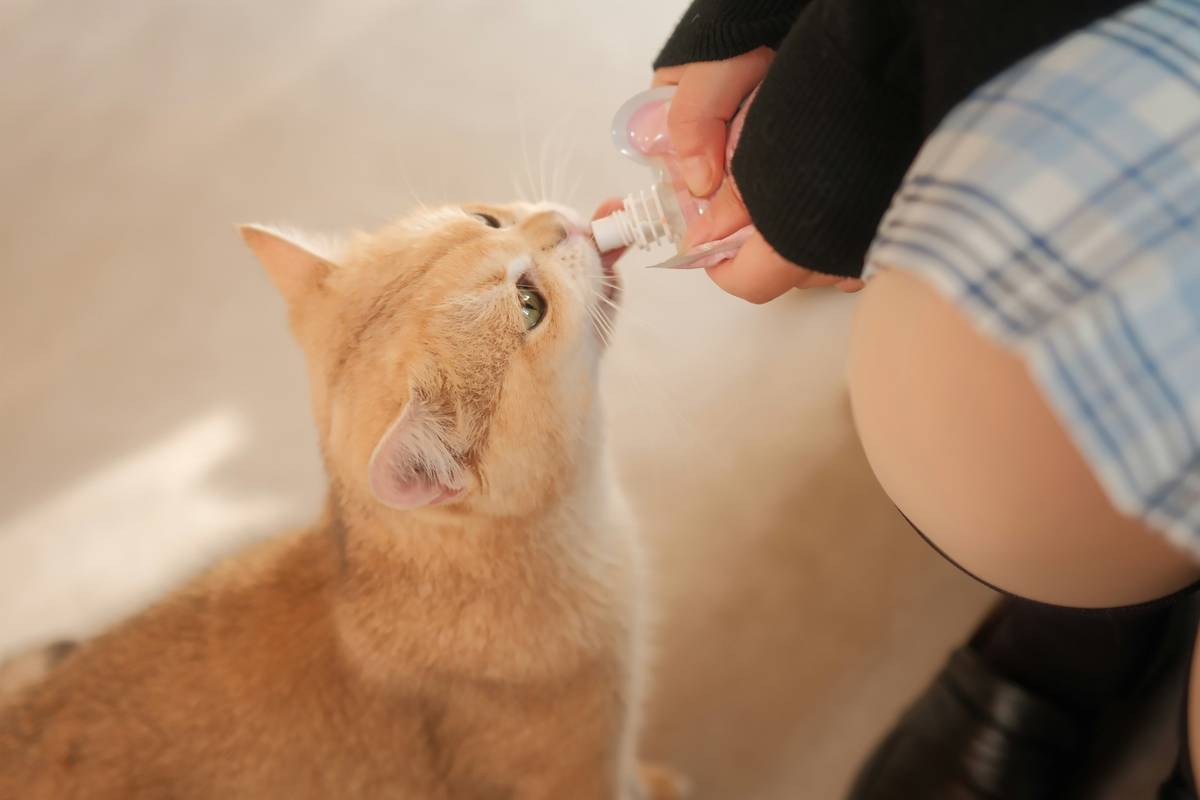
Here’s the deal: The key to improving your pet’s oral health lies in engagement. If your dog or cat doesn’t want to play with the toy, it won’t do squat for their teeth. So, let’s dive into how you can make dental toy time fun—and effective.
Step-by-Step Guide to Choosing the Right Dental Toys
Optimist You: “Follow these tips, and your pet will love every second of dental playtime!”
Grumpy You: “Ugh, fine—but only if snacks are involved.”
Step 1: Match the Toy to Your Pet’s Size and Breed
Dogs and cats come in different shapes and sizes, so one size definitely does NOT fit all. For example, small breeds may choke on oversized toys, while larger breeds might destroy flimsy ones within minutes. Always check product descriptions for size recommendations.
Step 2: Look for Textured Surfaces
Smooth, slick toys don’t scrub plaque away as effectively as textured ones. Go for designs with grooves, ridges, or bristle-like patterns—they’re built to mimic brushing action.
Step 3: Add Treats or Spreads
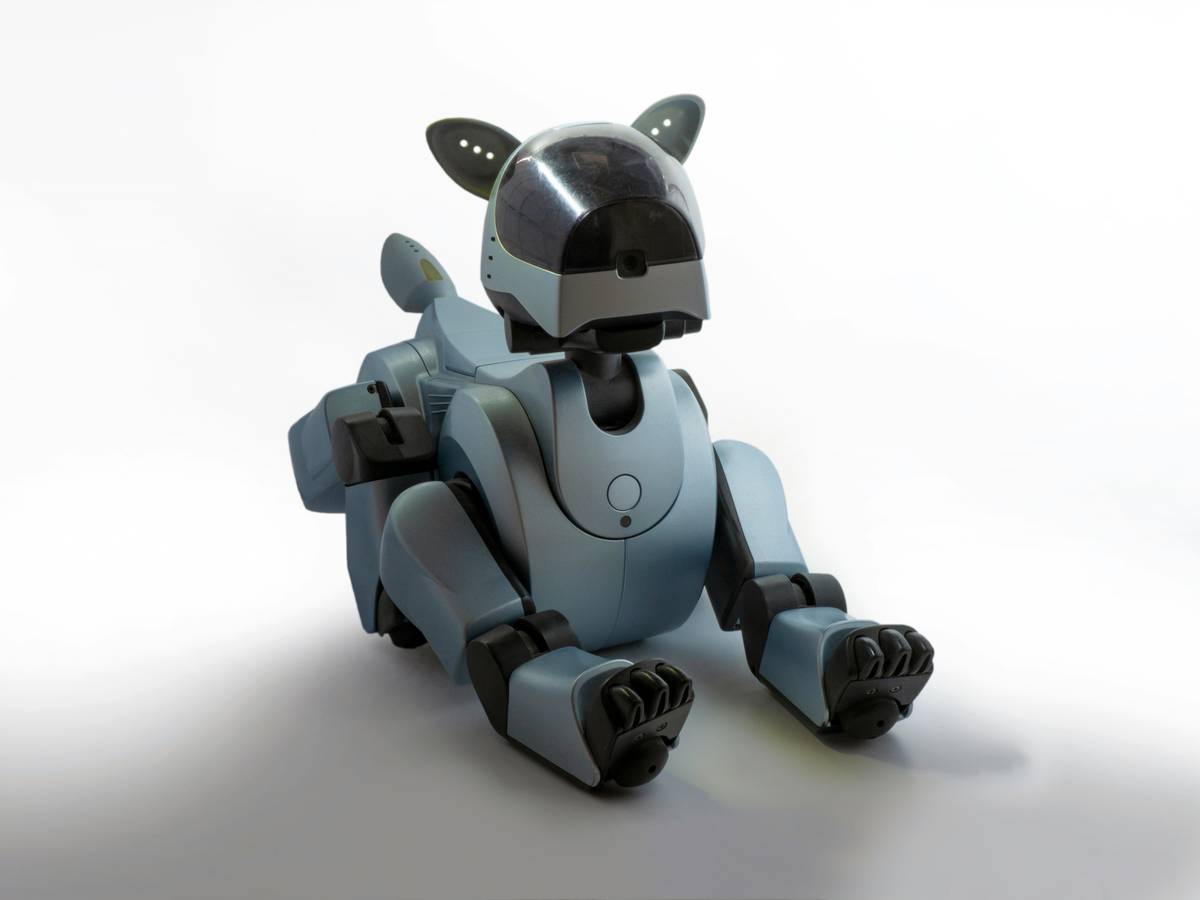
Some toys are designed to hold treats or peanut butter (make sure it’s xylitol-free!). This encourages prolonged chewing, which equals better cleaning power. Win-win!
Step 4: Rotate Toys Regularly
Pets get bored easily. Switching up their lineup of dental toys keeps them intrigued and engaged. Think of it like Netflix shuffling—you wouldn’t binge-watch the same show forever, right?
Step 5: Check Durability
Avoid cheap, low-quality materials that break apart quickly. Not only are they wasteful, but small fragments could become choking hazards.
Step 6: Supervise Playtime
Especially during the first few sessions, keep an eye on your furry friend. Some toys may require supervision to ensure safe use.
6 Tips for Maximizing Dental Toy Engagement
- Mix It Up: Alternate between interactive toys (like tug ropes) and solo-play options.
- Turn It Into a Game: Incorporate fetch or hide-and-seek with the dental toy.
- Praise & Reward: Positive reinforcement works wonders. Shower your pet with praise when they engage with the toy.
- Make It Smelly: Scented toys or those stuffed with spreads grab attention fast.
- Use Time Constraints: Limit access to the toy to create scarcity and excitement.
- Terrible Tip Disclaimer: DON’T buy overly hard toys under the assumption that they’ll last longer. Hard plastics can fracture teeth—ouch!
Real-Life Examples of Success
Tara, a Golden Retriever mom from Colorado, swears by rotating her pup’s dental toys weekly. “I noticed improvement in Max’s breath after just two weeks,” she says. Meanwhile, Sarah’s Maine Coon cat prefers a catnip-scented rubber chew ball. Both owners agree: variety + interaction = success.
Frequently Asked Questions About Dental Toy Engagement
Q: How often should I introduce new dental toys?
A: Aim for every 1-2 weeks to maintain interest.
Q: Are there risks associated with certain types of dental toys?
A: Yes, excessively hard toys can damage teeth, and poorly made ones may pose choking hazards. Stick to vet-approved brands whenever possible.
Q: Can older pets benefit from dental toys?
A: Absolutely! While starting early is ideal, introducing dental toys later in life can still improve oral health significantly.
Conclusion
To sum it up, boosting dental toy engagement is a win-win for you and your pet. By choosing the right toys, using clever strategies to maximize interest, and avoiding rookie mistakes, you’ll set your furry friend up for a lifetime of healthier smiles. And hey, who knows? Maybe next time you won’t cringe quite so much at their slobbery kisses.
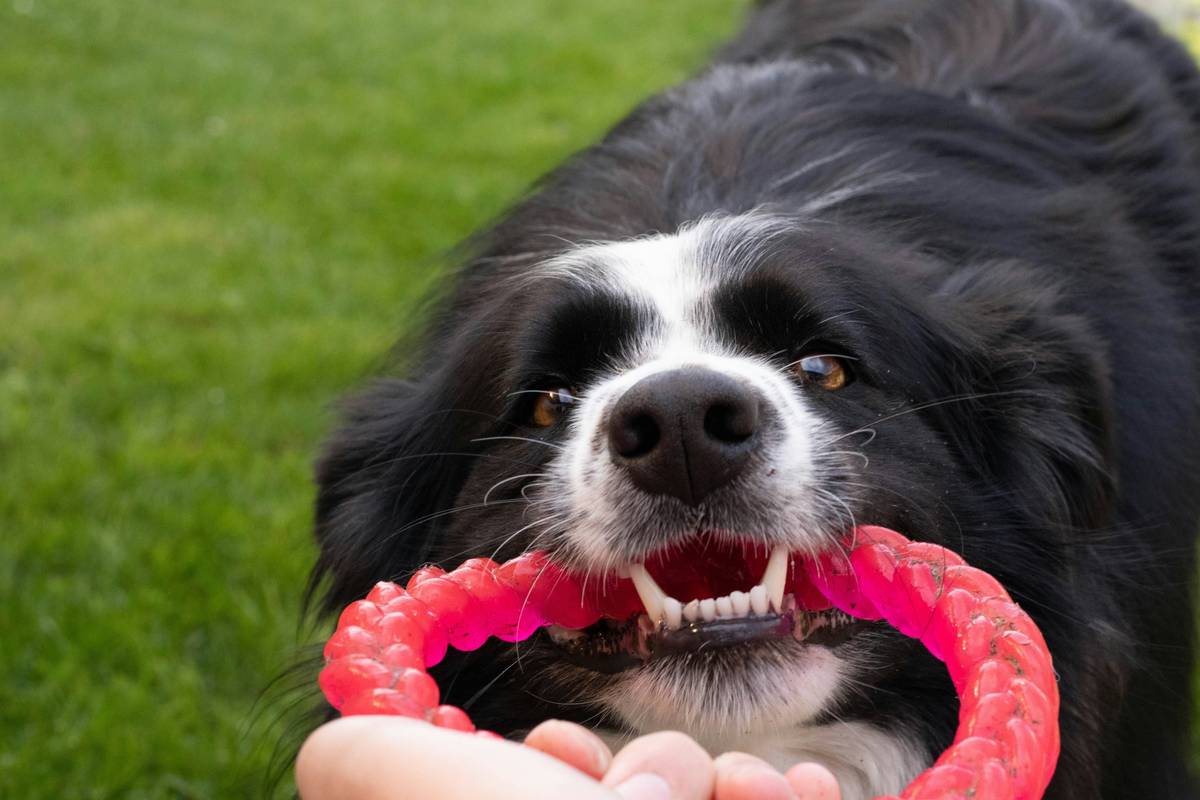
Like a Tamagotchi, your pet’s dental care needs daily love—and the right toys make it way easier. 🐾✨
